Tel: 0086769-23187408
Email: [email protected]
Tel: 0086769-23187408
Email: [email protected]
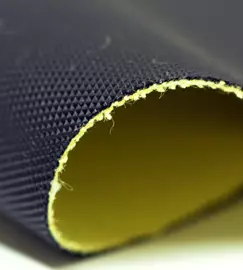
Cut-resistant fabrics are designed using advanced materials and construction techniques to keep the wearer comfortable even during prolonged wear, as the breathability of the fabric helps regulate body temperature and prevent excessive heat buildup and discomfort. This is especially valuable in industries with physically demanding workers or who work in hot and humid environments.
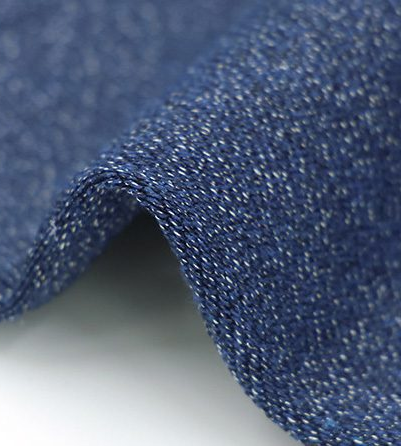
We understand the varied needs of B2B clients. NIZE provides customized cut resistant fabric options, including different weaves, thicknesses, and composite structures to suit unique application requirements.
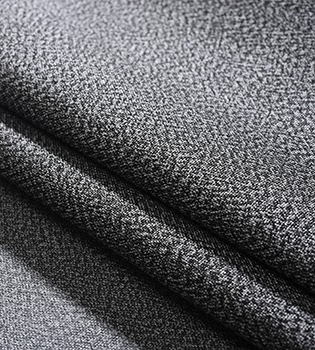
NIZE specializes in manufacturing cut resistant fabric that performs well under repeated mechanical stress. Our stable supply chain and stringent quality control make us a trusted partner for protective fabric sourcing.

A number of industries currently use cut-resistant fabric, which is specifically designed to avoid cuts and slices. It has a good resistance to penetration and tearing that makes it ideal for those who work with sharp tools or machinery.
The unique features of cut-proof fabrics offer a number of advantages that set them apart from other materials. Firstly, the most important advantage is its cut resistance, achieved through a special weave and fiber combination. This amalgamation ensures better tensile strength thereby guaranteeing the fabrics are able to be cut without being compromised in terms of integrity.
Besides being cut-resistant, these kinds of textiles have other properties that are advantageous. It is usually light in weight and supple so as to move around easily while wearing personal protective equipment (PPE). Additionally, this material allows users to feel comfortable even when they are in their protective clothes because it breathes well.
Durability is another major benefit of cut-resistant fabric. Cut resistant materials are cost-effective because they must withstand constant usage and demanding environments. Being easy to clean and maintain adds up more points on its overall value.
Cut-proof fabrics find application areas in healthcare as well as food processing and manufacturing sectors among others. Very important for ensuring safety for individuals who frequently run into opportunities for cuts and slashes
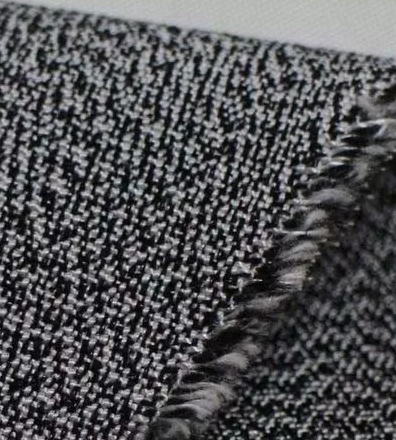
NIZE supports industrial buyers with large-volume orders of cut resistant fabric. Our efficient production systems ensure timely delivery and stable quality, even for complex specifications or tight deadlines.
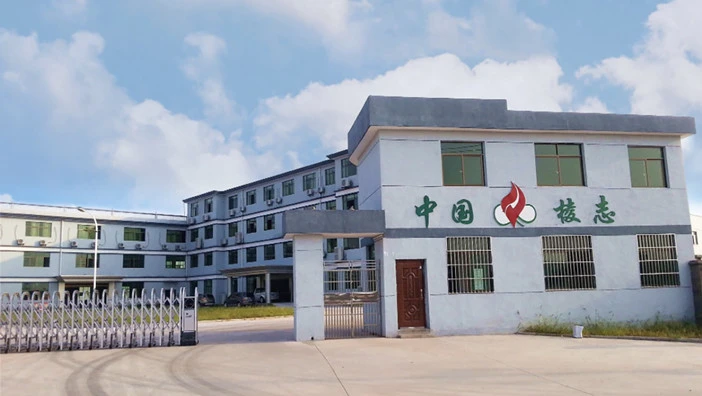
Nize New Materials is one of the world's leading material suppliers. We have more than 20 years of experience in this field and serve customers around the world. We also have world-class production equipment and an annual production capacity of 5 meters of ionic sulfate.
We focus on the research of the anti-piercing shoe midsole, interrupting the monopoly position of the anti-piercing cloth midsole inforeian countries. and producing the anti-piercing cloth midsole of our own branc, filing the domestic gap
The factory covers an area of 83.5 mu and has more than 22.500 sauare meters of production plant, 3,000 square meters of research anddevelopment center, 3,000 sauare meters of office space and more than 500 sets of advanced production and inspection equipment
We have excellent products and a professional sales and technical team that can provide satisfactory solutions according to your needs. If you are interested in our products, we look forward to your online message or call for consultation!
Our products cover a variety of functional materials, whether they are waterproof materials, wear-resistant materials, flame-retardant materials or thermal insulation materials, which can meet the needs of different industries and applications.
Cut resistant fabric provides reliable protection against cuts, reduces the risk of injuries, enhances worker safety, and improves overall productivity in high-risk work environments.
Yes, cut resistant fabric can be tailored to meet specific requirements, including different cut resistance levels, thicknesses, and garment designs to suit various industry needs.
While cut resistant fabric provides excellent protection against cuts, it may have limited resistance to other hazards like punctures, chemicals, or heat. Additional protective measures may be necessary for comprehensive safety.
When selecting cut resistant fabric, factors such as the level of cut protection required, durability, comfort, flexibility, and compatibility with other protective equipment should be taken into account to ensure optimal performance in the intended application.
Generally, thicker cut resistant fabric tends to offer higher levels of cut protection. However, the trade-off is often reduced flexibility and dexterity. It is important to strike a balance between thickness and flexibility based on the specific requirements of the application and the desired level of protection.
